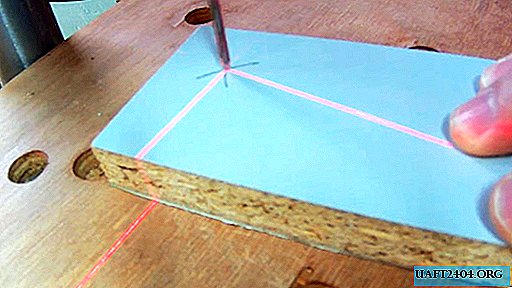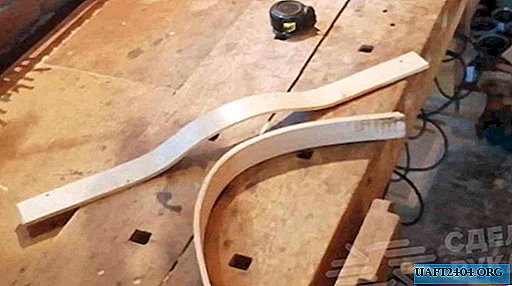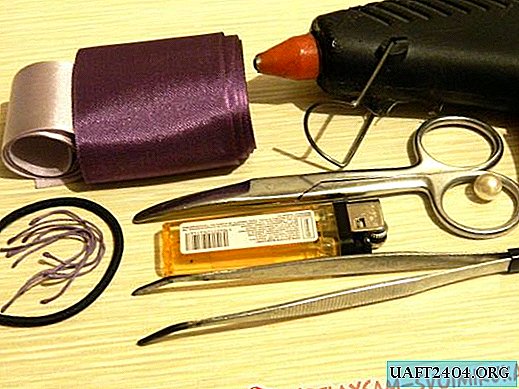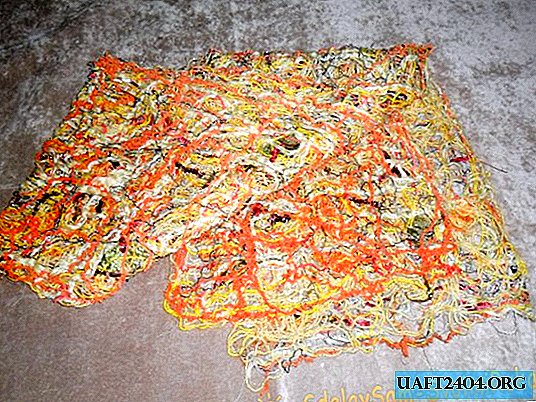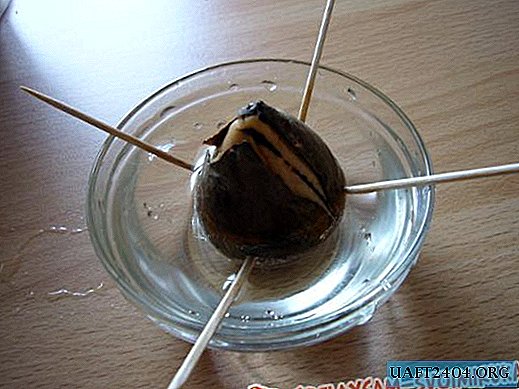Share
Pin
Tweet
Send
Share
Send
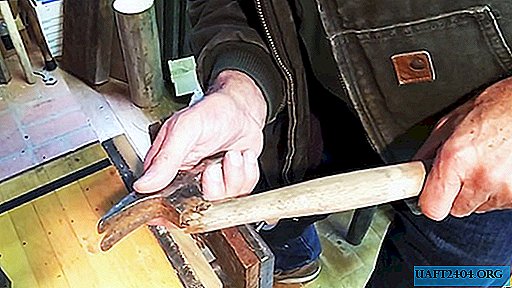
Will need
To make it we need:
- Hammer.
- Pliers or self-locking pliers.
- Vise.
- Chisel.
- Jigsaw machine (optional).
- Wood hacksaw.
- Wooden and metal wedges.
- Billet for handle.
- Mowing wood or planer.
- Sandpaper.
- Chisel.
- Knife.
Hammer preparation
First you need to remove the fragment of the old handle from the hammer. It all depends on where it broke off. If necessary, use pliers or clamp in a vise and knock out with a chisel. In a particularly difficult case, you can drill with a drill and then knocking out a piece of wood is not difficult.

When the hammer is freed from the old handle, it can be cleaned and sanded. The closer metal is polished to the “mirror”, the longer it will retain its presentation.
Stock selection
The next step is to choose a wooden blank. Everything is simple here - proceed from your preferences. If you are new to this business - choose the most affordable hardwood option. Good options are birch, maple or bird cherry. Fruit trees — apple trees, cherries, plums — are also good. It is advisable to take a butt portion of wood.
Preparation and processing of the future handle
On the workpiece, you can outline the old handle or make the size as you wish.

Cut off all the excess on a jigsaw machine. In its absence, this is done manually using a hacksaw. Sawing off, we try to give the most rounded shape to facilitate further work.

Next, we clamp the workpiece on a workbench or in a vice and proceed to manual processing.

In the process we attach the desired shape to the arm for a comfortable grip. Do not forget to periodically try on the hammer to the handle, so as not to cut more than necessary.

The hole in it should be slightly smaller than the resulting workpiece. We use brackets of various sizes, so it is much more convenient. In their absence, you can use the usual plane. When the treatment is finished, we make a cut in the end for further wedging.

Now proceed to the finish.

Using sandpaper, we remove all roughness and roughness.

If this is not done, then you can drive the splinter or even injure your hands while working with such a tool. The bottom end of the handle should be rounded with a chisel. This will add convenience to the work. For processing, you can use the nozzle for the drilling machine, which we talked about in previous issues.
Hammer assembly
It remains the case for small. Set the hammer on the resulting handle.

Now it is necessary to wedge it in the place of cut. We used a metal wedge with notches.

The remaining free space in the cut was hammered with wooden wedges.

With a knife, it is necessary to cut off the shavings that appeared when hammering the handle.

The tool is ready to work. Optionally, the wooden part can be treated with oil or special impregnations. Study their properties in advance so that it does not become slippery and inconvenient to use.

Share
Pin
Tweet
Send
Share
Send

